Scientific discovery has always been driven by tools that push the boundaries of human understanding. From the microscope that revealed the hidden world of cells to the telescope that expanded our view of the cosmos, these instruments have opened new frontiers in research and innovation. Over time, some tools have become indispensable to scientists, enabling them to make breakthroughs that once seemed impossible. This list highlights 17 of the most essential tools that have revolutionized scientific discovery, shaping the way we explore, analyze, and understand the world around us. Each of these tools has contributed to our knowledge in ways that continue to impact a wide range of scientific fields.
Telescope
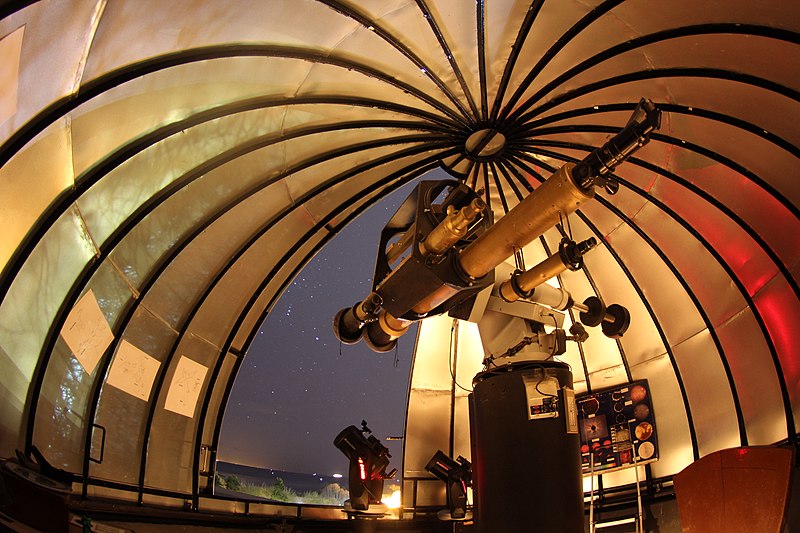
The telescope is one of the most transformative tools in the history of science. Developed in the early 17th century, it enabled astronomers to view distant stars and planets for the first time. Galileo Galilei’s improvements to the design allowed for the discovery of Jupiter’s moons and the phases of Venus, fundamentally altering our understanding of the cosmos. Prior to its invention, the vastness of space was only theoretical. This tool laid the groundwork for the field of modern astronomy and deepened our comprehension of the universe’s structure. It also helped challenge the geocentric model of the universe, leading to the acceptance of heliocentrism. Today, telescopes continue to evolve, using advanced optics and digital technology to peer into the farthest reaches of space.
Microscope
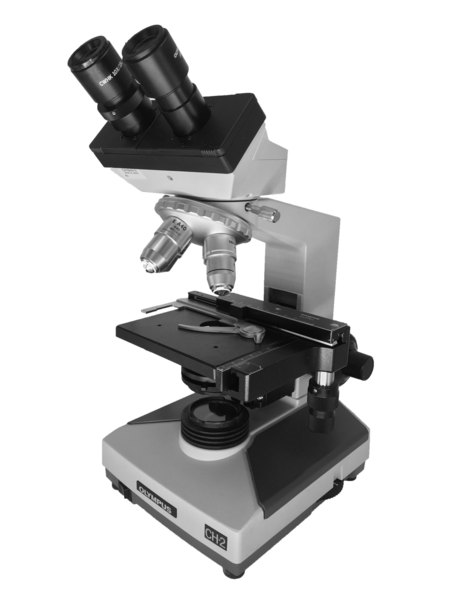
The microscope unlocked the world of the microscopic, giving scientists the ability to observe organisms and structures invisible to the naked eye. First developed in the late 16th century by Antonie van Leeuwenhoek and others, it allowed for the discovery of cells, bacteria, and other microorganisms. These revelations profoundly altered biology, medicine, and chemistry. The ability to observe the microscopic world has paved the way for countless medical breakthroughs, such as the understanding of diseases and the development of antibiotics. Advances in electron microscopy have made it possible to see molecules and atoms, further expanding our knowledge of life at the cellular level. The microscope’s role in diagnosing and treating diseases cannot be overstated, with it being pivotal in microbiology and pathology. Without it, modern medicine would lack many of its most essential tools and techniques.
Computer

The computer has revolutionized virtually every scientific discipline. With its ability to perform complex calculations and simulations, it accelerated research in fields like physics, chemistry, and biology. The advent of computers made it possible to store and analyze vast amounts of data, enabling the mapping of the human genome and other groundbreaking projects. Computational models, like those used in climate science, have allowed for predictions and simulations that were once impossible. Furthermore, high-performance computing has become essential for particle physics experiments, such as those at CERN. The rise of artificial intelligence and machine learning has introduced even more powerful capabilities, speeding up research and enabling new methodologies. The computer continues to drive innovation, from quantum computing to bioinformatics.
Centrifuge
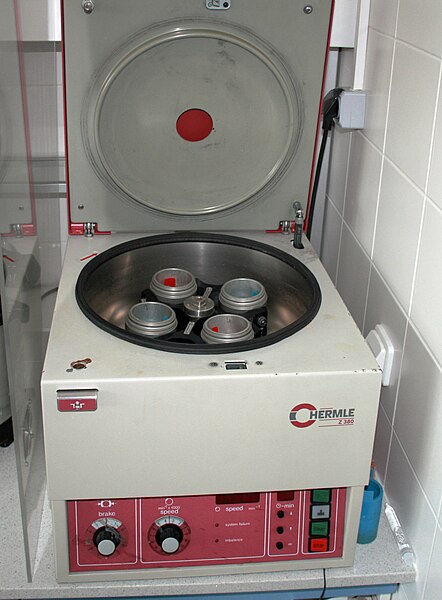
The centrifuge is a machine that spins substances at high speeds to separate components based on their density. This tool became indispensable in biochemistry and molecular biology, particularly in the purification of proteins, nucleic acids, and cellular organelles. By applying centrifugal force, the centrifuge allows scientists to isolate specific substances with high precision. It has been essential in medical diagnostics, such as blood tests, by enabling the separation of plasma and red blood cells. In molecular biology, centrifugation plays a key role in isolating DNA for further study. The invention of the ultracentrifuge allowed for the separation of particles as small as viruses, opening new pathways for virology research. Its role in protein crystallization and structural biology has also been vital for drug development.
Particle Accelerator
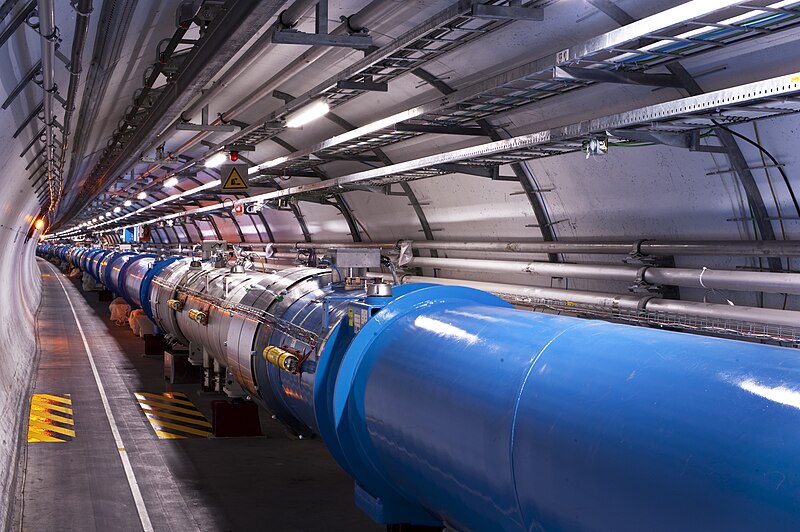
Particle accelerators are enormous machines that propel subatomic particles to nearly the speed of light, enabling scientists to study the fundamental components of matter. They have been instrumental in uncovering the basic building blocks of the universe, leading to discoveries such as the Higgs boson. These accelerators are used to simulate conditions that existed just after the Big Bang, providing insight into the origins of the universe. The Large Hadron Collider (LHC), for instance, is a cutting-edge example of accelerator technology, providing data that has reshaped our understanding of particle physics. Accelerators also have applications beyond fundamental science, such as in medical imaging and cancer treatment through proton therapy. The technology behind particle accelerators continues to evolve, with new designs offering greater precision and more powerful capabilities. These tools have not only advanced theoretical physics but have also led to practical innovations in technology and medicine.
X-ray Crystallography
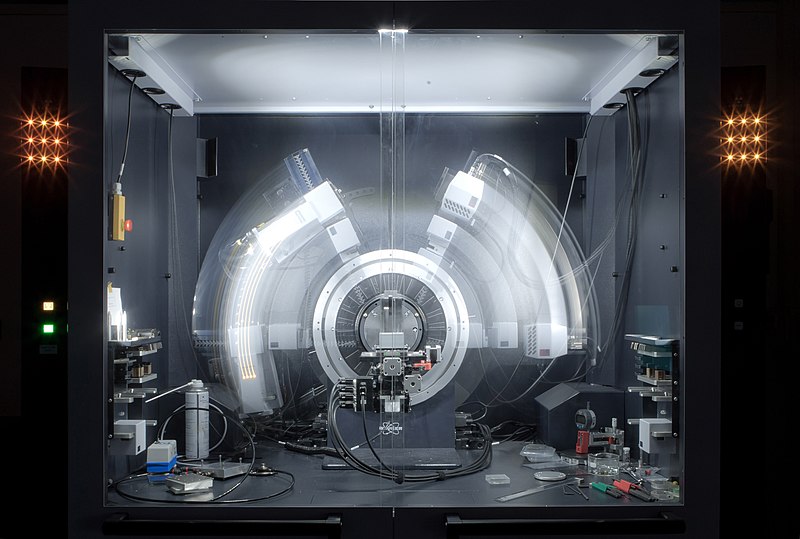
X-ray crystallography is a technique that allows scientists to determine the atomic structure of molecules by analyzing the patterns created when X-rays pass through a crystal. This tool has been a cornerstone in biochemistry, especially in the determination of the structures of proteins and nucleic acids. The breakthrough discovery of the double helix structure of DNA, achieved through X-ray crystallography, marked a pivotal moment in the field of genetics. It also played a significant role in the development of pharmaceuticals, enabling the design of drugs with higher specificity and fewer side effects. Over the years, advances in synchrotron radiation sources and computational techniques have improved the resolution and speed of X-ray crystallography. The ability to study large, complex biomolecules has greatly enhanced our understanding of biology and disease mechanisms. The tool’s impact extends to material science, where it helps develop new materials with unique properties.
Radiation Detector
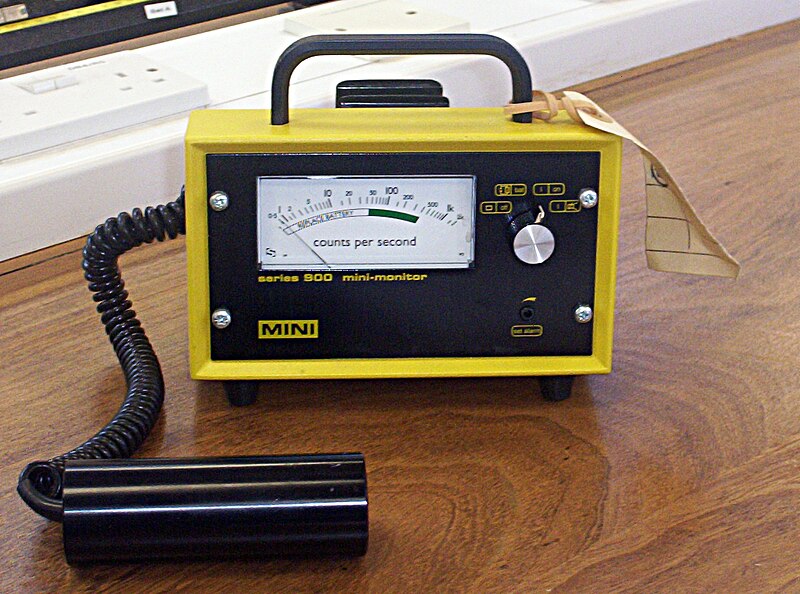
Radiation detectors are critical in both basic and applied science, enabling the measurement of radioactive materials and particles. These devices range from simple Geiger counters to complex scintillation detectors, each tailored for different types of radiation. Their use has been crucial in nuclear physics, helping scientists study atomic nuclei and particle interactions. Radiation detectors also played a significant role in medical imaging, such as in the development of positron emission tomography (PET) scans. In environmental science, they are used to monitor radiation levels and ensure public safety, particularly in areas near nuclear power plants. These tools have also been instrumental in understanding cosmic radiation and solar flares. Their role in securing nuclear materials and detecting radiation hazards in medical and industrial settings continues to be indispensable.
Petri Dish

The Petri dish, a shallow, flat, lidded dish, became a staple in microbiology when it was first introduced in the 19th century. It allowed scientists to grow and culture microorganisms, facilitating groundbreaking discoveries in disease-causing bacteria and fungi. The dish provided a controlled environment to isolate pure bacterial strains, a technique essential in the development of antibiotics like penicillin. Petri dishes have also been fundamental in cell culture, advancing research in genetics, virology, and cancer biology. The ability to manipulate and observe the growth of cells and bacteria in a contained space has paved the way for the development of vaccines and treatments for infectious diseases. Modern advancements in disposable Petri dishes, as well as those made from specialized materials, have further enhanced their utility. Despite the advent of more sophisticated tools, the Petri dish remains one of the simplest and most powerful tools in biological research.
Spectrometer
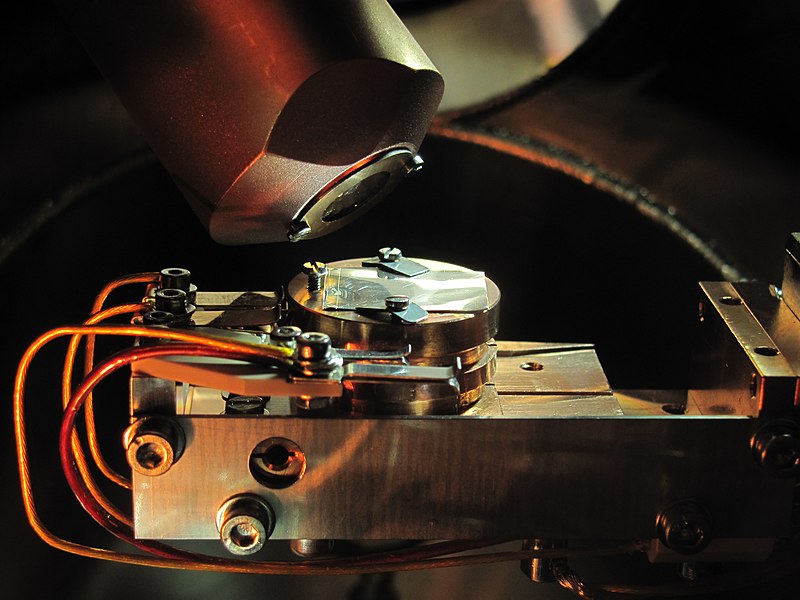
Spectrometers are instruments used to analyze the light spectrum emitted or absorbed by a substance. This tool has revolutionized chemistry and physics by allowing scientists to identify the composition of materials, including elements and compounds. The ability to study atomic and molecular absorption spectra has been key in areas such as chemical analysis, environmental science, and astronomy. In medicine, spectrometry techniques like mass spectrometry are used to identify biomarkers and trace elements in blood, urine, and tissues. Spectrometers have also made a significant impact in material science, where they help characterize the properties of materials at the atomic level. Advances in spectrometer technology have led to highly sensitive devices capable of analyzing even trace amounts of a substance. These tools are indispensable in both research and industrial applications, from pharmaceuticals to environmental monitoring.
The Bunsen Burner
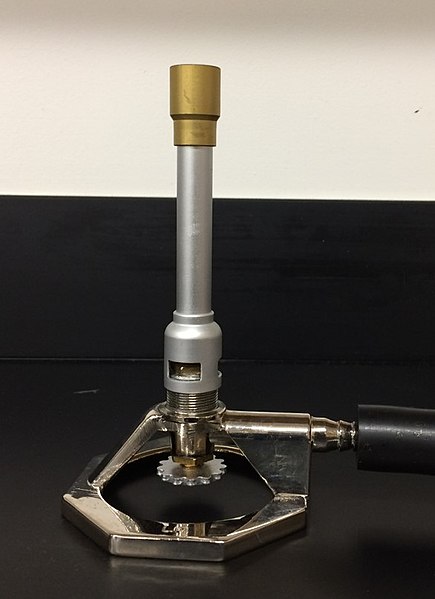
The Bunsen burner has been a staple in laboratory experiments since the mid-19th century. Its simple design allows for a controllable flame, making it ideal for heating, sterilization, and combustion. The Bunsen burner became crucial in chemical and biological research, providing a reliable heat source for reactions and experiments. With its adjustable flame, it enabled more precise control of temperatures, facilitating advancements in organic chemistry and material science. The tool also plays an essential role in microbiology, where its flame is used to sterilize tools and prevent contamination. While modern laboratories have adopted more advanced heating methods, the Bunsen burner remains an iconic and enduring tool. Its versatility and simplicity have ensured its continued use in educational and professional settings.
Thermocycler

The thermocycler is a machine used in polymerase chain reaction (PCR) to amplify DNA sequences. This tool has had an enormous impact on genetics, enabling researchers to analyze small amounts of DNA with great accuracy. PCR technology has been instrumental in medical diagnostics, forensic science, and genetic research. It allows for the rapid amplification of specific DNA segments, enabling the study of genes, mutations, and genetic disorders. Thermocyclers have evolved significantly, with modern versions being faster, more precise, and capable of handling multiple samples simultaneously. The ability to amplify DNA has accelerated progress in fields ranging from evolutionary biology to personalized medicine. Without the thermocycler, many breakthroughs in genomics, including the sequencing of the human genome, would not have been possible.
DNA Sequencer
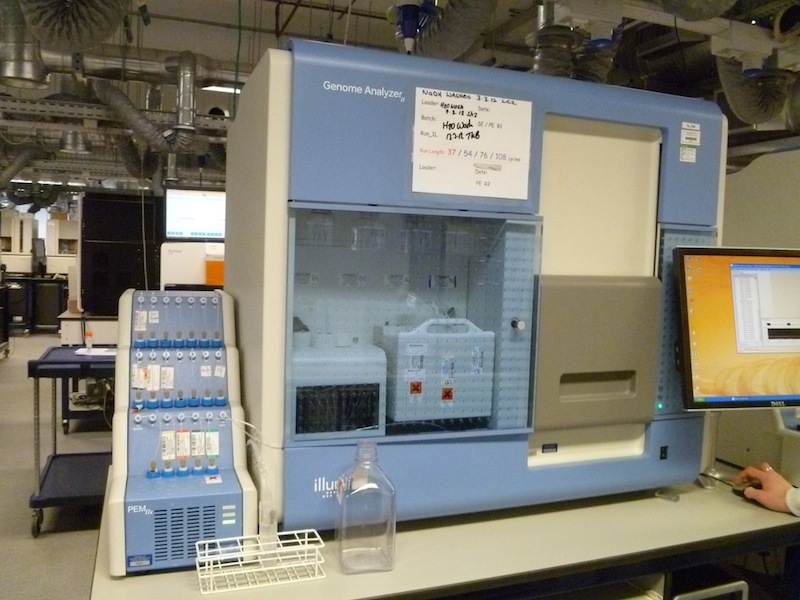
DNA sequencers are devices that determine the sequence of nucleotides in a DNA molecule. The invention of high-throughput DNA sequencing has revolutionized genomics by allowing scientists to quickly decode entire genomes. The ability to read genetic information has led to breakthroughs in medicine, such as personalized treatments based on genetic profiles. DNA sequencing has also been central to evolutionary biology, providing insights into the genetic relationships between species. Sequencers have become essential tools in identifying mutations linked to diseases, enabling early diagnosis and intervention. Over the years, the technology has become faster, cheaper, and more accurate, making it accessible for a wide range of research projects. From forensic science to agriculture, DNA sequencing continues to unlock the mysteries of life.
Chromatograph
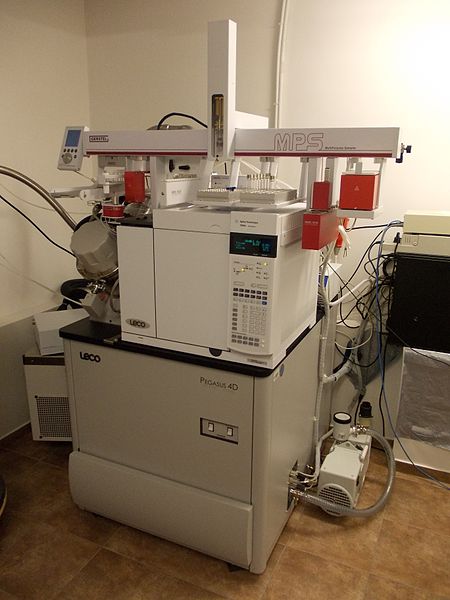
Chromatography revolutionized the study of chemical mixtures by enabling scientists to separate, identify, and analyze components. First developed in the early 20th century by Mikhail Tsvet, this technique was initially used for plant pigment analysis. Over time, it evolved into various forms, including gas chromatography and liquid chromatography, expanding its applications to fields like medicine, forensics, and environmental science. Chromatographs work by passing a mixture through a medium, where components travel at different speeds due to their varying affinities for the medium. This results in the separation of complex mixtures, allowing scientists to identify and quantify the individual components with unprecedented precision. It has become indispensable in drug testing, water quality analysis, and even forensic investigations. Today, chromatographs are crucial in the pharmaceutical industry for ensuring purity and potency in drug manufacturing.
Electron Microscope
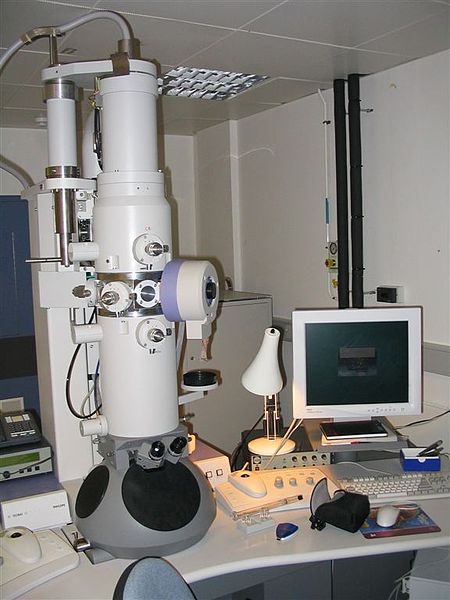
The electron microscope marked a revolutionary step in the field of microscopy by allowing scientists to visualize objects at the atomic scale. Unlike optical microscopes, which rely on light waves, electron microscopes use a beam of electrons, providing much higher resolution. This advancement unveiled the structure of viruses, cellular components, and even individual atoms, which were previously invisible to the human eye. In the 1930s, scientists like Ernst Ruska helped develop this tool, which would go on to earn him a Nobel Prize in Physics. The electron microscope has become indispensable in fields such as materials science, biology, and nanotechnology. It has also played a vital role in the development of semiconductor technology. By revealing the intricacies of biological and inorganic structures, it has transformed our understanding of the microscopic world.
PCR Machine (Polymerase Chain Reaction)
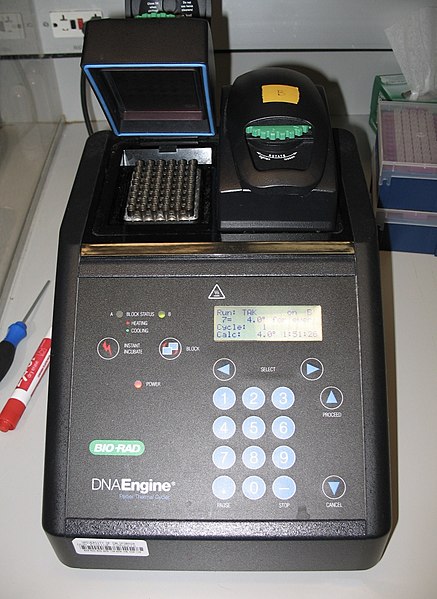
The PCR machine revolutionized molecular biology by enabling the amplification of specific DNA sequences. Developed by Kary Mullis in 1983, it allows scientists to replicate small samples of DNA millions of times, making genetic analysis quicker and more accessible. This tool has become essential for genetic research, crime scene investigations, and diagnostic medicine. By using cycles of heating and cooling, PCR machines separate DNA strands, synthesize new strands, and replicate the target sequence exponentially. Its applications extend to gene cloning, genetic fingerprinting, and the detection of infectious diseases, including the identification of viral DNA and RNA. PCR has played a crucial role in modern medicine, particularly in the rapid diagnosis of conditions like COVID-19. Its ability to quickly amplify genetic material has changed the landscape of genetics and biotechnology.
Mass Spectrometer
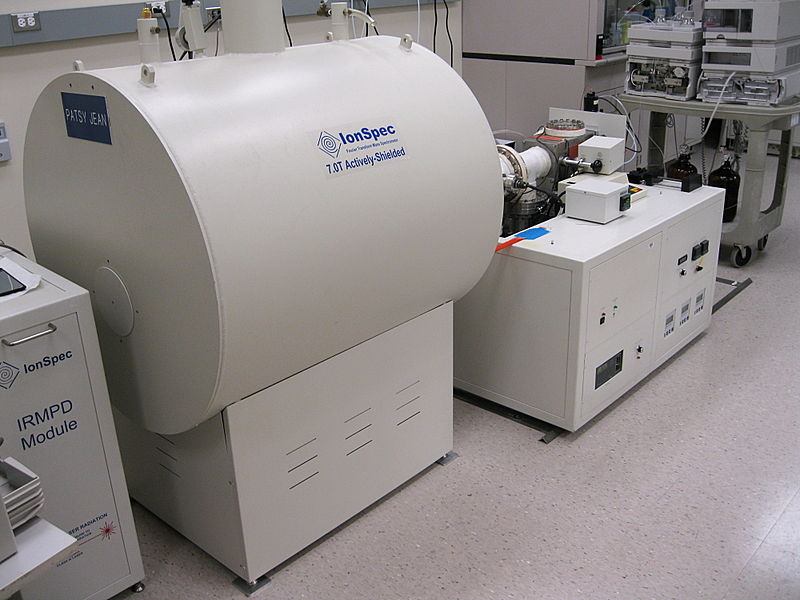
Mass spectrometry allows scientists to measure the mass-to-charge ratio of ions, enabling the analysis of molecular composition with exceptional accuracy. First developed in the early 20th century, this tool has transformed chemistry and physics by allowing the detection of atoms and molecules in a sample. Mass spectrometers can identify compounds, determine molecular structures, and detect trace elements or contaminants in a wide range of substances, from air to blood samples. By ionizing a sample and measuring the mass of the resulting ions, mass spectrometry provides invaluable data on molecular weights and structures. This technology is widely used in pharmacology, environmental monitoring, and forensics. It has been instrumental in identifying unknown compounds and in the sequencing of biomolecules. With the development of more advanced techniques, mass spectrometry has become an essential tool in proteomics, genomics, and the study of complex molecular systems.
Cloud Computing

Cloud computing has transformed scientific research by offering vast computational power and storage capabilities over the internet. Researchers no longer need to rely on local servers or physical data storage but can access cloud platforms that offer scalable resources for complex simulations, data analysis, and machine learning. This technology has made big data analysis in fields like genomics, climate science, and particle physics much more accessible. It facilitates collaboration between researchers worldwide by allowing them to share data and work on projects remotely in real-time. With cloud computing, scientists can store and analyze petabytes of data without the need for expensive infrastructure. Its use in data-intensive fields such as artificial intelligence has led to breakthroughs in various domains. Cloud computing continues to evolve, supporting innovation across diverse scientific disciplines.
This article originally appeared on Rarest.org.
More From Rarest.Org
Television has evolved dramatically over the years, with certain shows leaving an indelible mark on the entertainment industry. From groundbreaking storytelling to revolutionary formats, these trailblazing TV shows not only captivated audiences but also reshaped how we think about television. Read more.
Television shows have a unique way of capturing our attention and staying with us over the years, and some manage to do so for decades. The longest-running TV shows not only stand the test of time but also shape pop culture, influence new generations, and create lasting legacies. Read more.
The commercial real estate sector is a cornerstone of the global economy, encompassing a diverse range of properties from industrial warehouses to data centers and retail spaces. Leading companies in this field not only manage extensive property portfolios but also drive significant economic activity through their operations. Read more.



